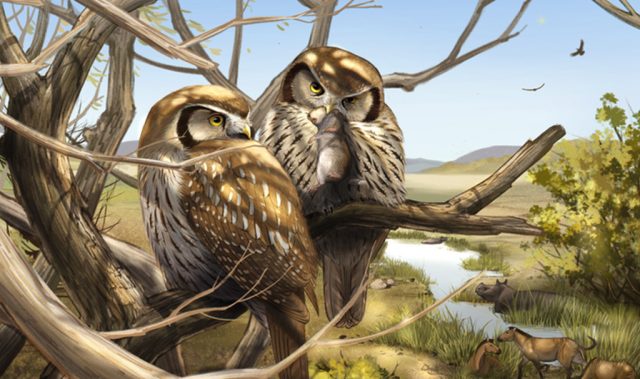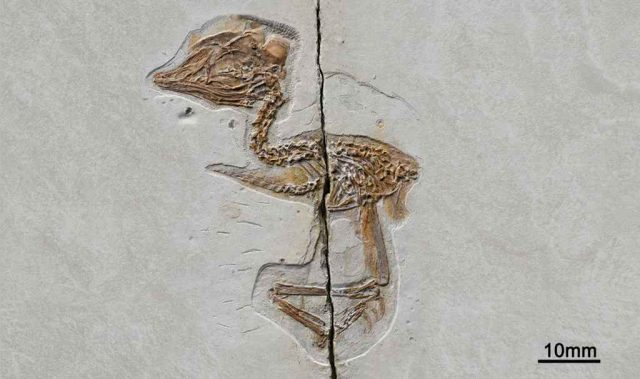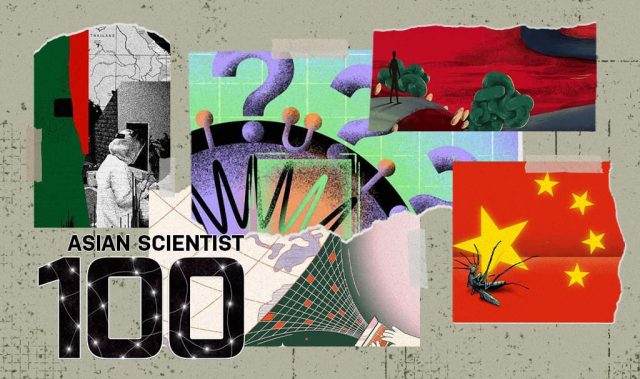
AsianScientist (Jan. 5, 2021) – In an advisory published on its website on December 31, 2020, the Chinese Academy of Sciences (CAS) has identified 65 ‘risky’ international journals its scientists should avoid. The preliminary tally, reminiscent of Beall’s List of potential predatory journals and publishers, includes periodicals from major publishers such as Wolters Kluwer, John Wiley & Sons, Springer Nature and MDPI.
“The purpose of this list is to remind scientific researchers to choose their publishing platform carefully, and remind publishing institutions to strengthen the quality management of their journals,” the national research institute said in its advisory.
CAS said that the journals had been selected based on both qualitative and quantitative criteria. The indicators, chosen after ‘expert consultation,’ include the number of articles published in each journal; how ‘internationalized’ its authors are; publication fees; and rejection, retraction and self-citation rates. Each journal is then assigned to one of three warning categories corresponding to its level of risk: low, medium or high.
“Whilst we are disappointed to see three of the journals appearing on CAS Library’s list, we are confident that their inclusion will be short-lived as extensive measures, including the placement of all new editorial boards, new editors in chief and changes to editorial processes, have been introduced since 2019 to ensure significant improvements to these three journals,” a spokesperson for Springer Nature said.
While most institutions do keep their own risk lists of dubious publications, a list issued by China’s national research institute is uniquely impactful, said Ms. Tao Tao, a US-based independent consultant on Chinese academic publications.
The CAS list “could be the most influential, and referred to by many,” she wrote in a LinkedIn post. “Institutions may use it to make their own rules for funding […] authors will try to avoid submitting to these if they could.”
The CAS list comes amid a government-led push for local researchers to publish more of their work in Chinese journals. While China overtook the US to become the world’s top scientific nation in 2020, producing almost a fifth of all peer-reviewed papers published between 2016 and 2018, many of these ended up in international publications. Improving the standards of home-grown journals has become a national priority in recent years, with authorities committing in 2019 to spend more than one billion yuan (~US$145 million) on some 280 local publications over five years.
Meanwhile, the importance of international journals is also waning, marked by the Science Citation Index (SCI)’s de-prioritization in China. Covering more than 9,000 publications worldwide and frequently used as a barometer of international journal quality, the SCI has long been one of the most important research indicators in the country.
Last year, the Chinese Ministry of Education and Ministry of Science and Technology released a document saying it would be reducing its ‘excessive reliance’ on the SCI for academic promotions, job offers and allocation of research funding. All eight journals deemed to be of highest risk on the CAS list are SCI-indexed.
For local researchers like Professor Wei Guo of the Technical Institute of Physics and Chemistry at CAS, the worry is that the list’s vague criteria and the lack of differentiation between listed publications and predatory journals could cause irreparable reputational damage, he said.
Predatory journals and publishers, like those on Beall’s List, are entities that accept articles for publication, along with their authors’ fees, without performing requisite quality checks for plagiarism, reproducibility or ethical issues. The eponymous list, first created by American librarian Jeffrey Beall in 2008, was a prominent journal watchdog site with over 1,000 entries of predatory outfits and a large following before its closure in 2017.
“We do not know what the ‘warning level’ stands for, and how to distinguish the listed journals from those so-called ‘predatory journals,” Guo told Asian Scientist Magazine. “Chinese researchers would become more reluctant to submit to these journals, even if some of them were once considered to be reputable in their own fields, such as Materials, Sensors and Molecules. I think it is unfair.”
———
Source: Chinese Academy of Sciences; Photo: Shutterstock.
Disclaimer: This article does not necessarily reflect the views of AsianScientist or its staff.












